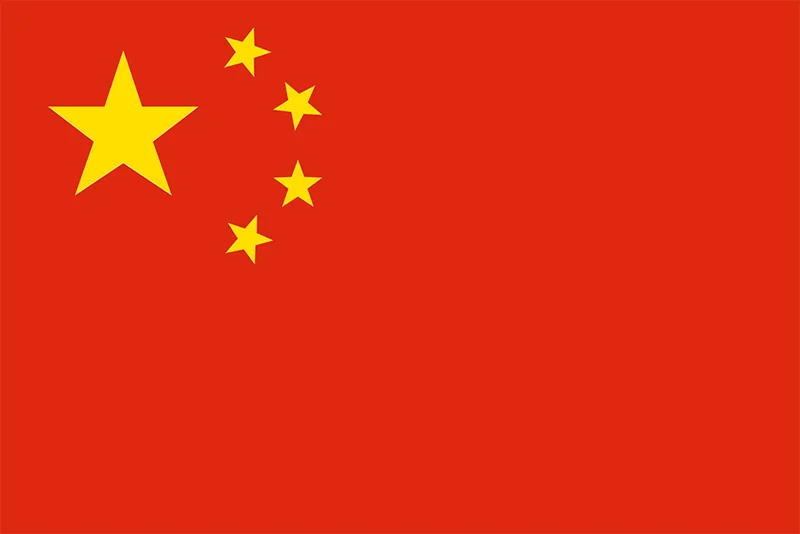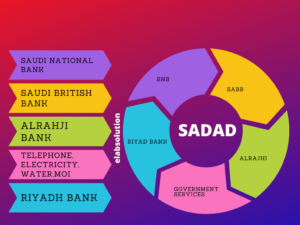
As a result of the social and political upheaval in China, it would appear that India is on the verge of experiencing an economic and historical boom. China, which is widely known as the manufacturing headquarters of the world, has been plagued with a myriad of problems in recent years, including political uncertainty, slowing growth, and increasingly unjustifiable zero-covid policies.
The geopolitical friction with the United States and the heavy-handed meddling of the government have all contributed to the rise and relocation of the global industrial base to India, which is a favorably superior alternative. Companies are pulling out of the previously dominant PRC market and recalibrating their worldwide supply stream as a result.
Just as Stanford economist and Nobel Laureate Michael Spence declared India to be the outperformer, The Economist had prophesied in their cover story that this is likely India’s brightest moment.
According to the data provided by the United Nations Department of Economic and Social Affairs, India currently ranks second in terms of population, behind only China. However, India is expected to overtake China in terms of population in the year 2023. What this entails when considered with the landmass is that India is now in a position to accommodate several large-scale industries, giving it a manufacturing output that is unrivaled around the globe.

India stands head and shoulders above other countries on the continent of contrasts, including Sri Lanka, Pakistan, Bangladesh, and others. India’s standing is unrivaled. It is possible that this indicates that there is no other country that can accommodate the bulk relocation of these multinational companies other than India. These nations are beset by a plethora of challenges, including social, economic, political, and religious unrest, and it isn’t thanks to those challenges, either.
It would appear that India will benefit greatly from the implementation of the Production-Linked Incentives in 2021. PLI Scheme is an abbreviation for the Production Linked Incentive Scheme, which is an initiative started by the Government of India to not only encourage foreign companies to find workforce in the country and thereby generate employment, but also encourage domestic and local production to create micro jobs with special consideration for the telecom, electronics, and medical devices sectors. Both Apple (
https://news.elabsolution.org/apple-taiwan-china-india/) and Foxconn are seizing the opportunity to greatly increase their production and, in the case of the latter, to invest more than 20 billion dollars in the construction of new facilities.
These opportunities are being stymied, however, by a number of factors, including policy inconsistencies in India, high tariffs on imported goods, a lackluster private investment climate, etc. These have seen a couple of mega companies including Amazon, Ford, Metro AG, etc exit this land of opportunities.
Until India resolves the issues with its domestic policy inconsistencies, which have cast doubt on the government’s commitment to industrialization, and until the country lowers its prohibitively high tariff on imported goods—especially for some truly exceptional products whose components are produced on other continents—these problems will persist. The possibility exists that these euphoric times are really an illusion.
Especially in view of the current global distortion and misfortunes, the eyes of the world are fixed on India, a land of promise.
 As a result of the social and political upheaval in China, it would appear that India is on the verge of experiencing an economic and historical boom. China, which is widely known as the manufacturing headquarters of the world, has been plagued with a myriad of problems in recent years, including political uncertainty, slowing growth, and increasingly unjustifiable zero-covid policies.
The geopolitical friction with the United States and the heavy-handed meddling of the government have all contributed to the rise and relocation of the global industrial base to India, which is a favorably superior alternative. Companies are pulling out of the previously dominant PRC market and recalibrating their worldwide supply stream as a result.
Just as Stanford economist and Nobel Laureate Michael Spence declared India to be the outperformer, The Economist had prophesied in their cover story that this is likely India’s brightest moment.
According to the data provided by the United Nations Department of Economic and Social Affairs, India currently ranks second in terms of population, behind only China. However, India is expected to overtake China in terms of population in the year 2023. What this entails when considered with the landmass is that India is now in a position to accommodate several large-scale industries, giving it a manufacturing output that is unrivaled around the globe.
As a result of the social and political upheaval in China, it would appear that India is on the verge of experiencing an economic and historical boom. China, which is widely known as the manufacturing headquarters of the world, has been plagued with a myriad of problems in recent years, including political uncertainty, slowing growth, and increasingly unjustifiable zero-covid policies.
The geopolitical friction with the United States and the heavy-handed meddling of the government have all contributed to the rise and relocation of the global industrial base to India, which is a favorably superior alternative. Companies are pulling out of the previously dominant PRC market and recalibrating their worldwide supply stream as a result.
Just as Stanford economist and Nobel Laureate Michael Spence declared India to be the outperformer, The Economist had prophesied in their cover story that this is likely India’s brightest moment.
According to the data provided by the United Nations Department of Economic and Social Affairs, India currently ranks second in terms of population, behind only China. However, India is expected to overtake China in terms of population in the year 2023. What this entails when considered with the landmass is that India is now in a position to accommodate several large-scale industries, giving it a manufacturing output that is unrivaled around the globe.
 India stands head and shoulders above other countries on the continent of contrasts, including Sri Lanka, Pakistan, Bangladesh, and others. India’s standing is unrivaled. It is possible that this indicates that there is no other country that can accommodate the bulk relocation of these multinational companies other than India. These nations are beset by a plethora of challenges, including social, economic, political, and religious unrest, and it isn’t thanks to those challenges, either.
It would appear that India will benefit greatly from the implementation of the Production-Linked Incentives in 2021. PLI Scheme is an abbreviation for the Production Linked Incentive Scheme, which is an initiative started by the Government of India to not only encourage foreign companies to find workforce in the country and thereby generate employment, but also encourage domestic and local production to create micro jobs with special consideration for the telecom, electronics, and medical devices sectors. Both Apple (https://news.elabsolution.org/apple-taiwan-china-india/) and Foxconn are seizing the opportunity to greatly increase their production and, in the case of the latter, to invest more than 20 billion dollars in the construction of new facilities.
These opportunities are being stymied, however, by a number of factors, including policy inconsistencies in India, high tariffs on imported goods, a lackluster private investment climate, etc. These have seen a couple of mega companies including Amazon, Ford, Metro AG, etc exit this land of opportunities.
Until India resolves the issues with its domestic policy inconsistencies, which have cast doubt on the government’s commitment to industrialization, and until the country lowers its prohibitively high tariff on imported goods—especially for some truly exceptional products whose components are produced on other continents—these problems will persist. The possibility exists that these euphoric times are really an illusion.
Especially in view of the current global distortion and misfortunes, the eyes of the world are fixed on India, a land of promise.
India stands head and shoulders above other countries on the continent of contrasts, including Sri Lanka, Pakistan, Bangladesh, and others. India’s standing is unrivaled. It is possible that this indicates that there is no other country that can accommodate the bulk relocation of these multinational companies other than India. These nations are beset by a plethora of challenges, including social, economic, political, and religious unrest, and it isn’t thanks to those challenges, either.
It would appear that India will benefit greatly from the implementation of the Production-Linked Incentives in 2021. PLI Scheme is an abbreviation for the Production Linked Incentive Scheme, which is an initiative started by the Government of India to not only encourage foreign companies to find workforce in the country and thereby generate employment, but also encourage domestic and local production to create micro jobs with special consideration for the telecom, electronics, and medical devices sectors. Both Apple (https://news.elabsolution.org/apple-taiwan-china-india/) and Foxconn are seizing the opportunity to greatly increase their production and, in the case of the latter, to invest more than 20 billion dollars in the construction of new facilities.
These opportunities are being stymied, however, by a number of factors, including policy inconsistencies in India, high tariffs on imported goods, a lackluster private investment climate, etc. These have seen a couple of mega companies including Amazon, Ford, Metro AG, etc exit this land of opportunities.
Until India resolves the issues with its domestic policy inconsistencies, which have cast doubt on the government’s commitment to industrialization, and until the country lowers its prohibitively high tariff on imported goods—especially for some truly exceptional products whose components are produced on other continents—these problems will persist. The possibility exists that these euphoric times are really an illusion.
Especially in view of the current global distortion and misfortunes, the eyes of the world are fixed on India, a land of promise.






